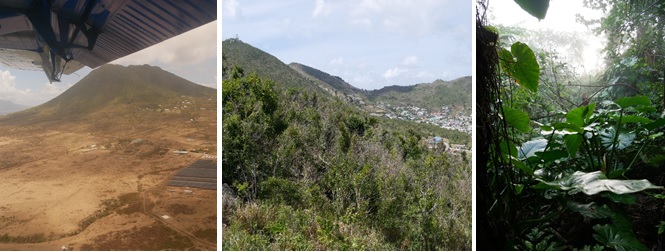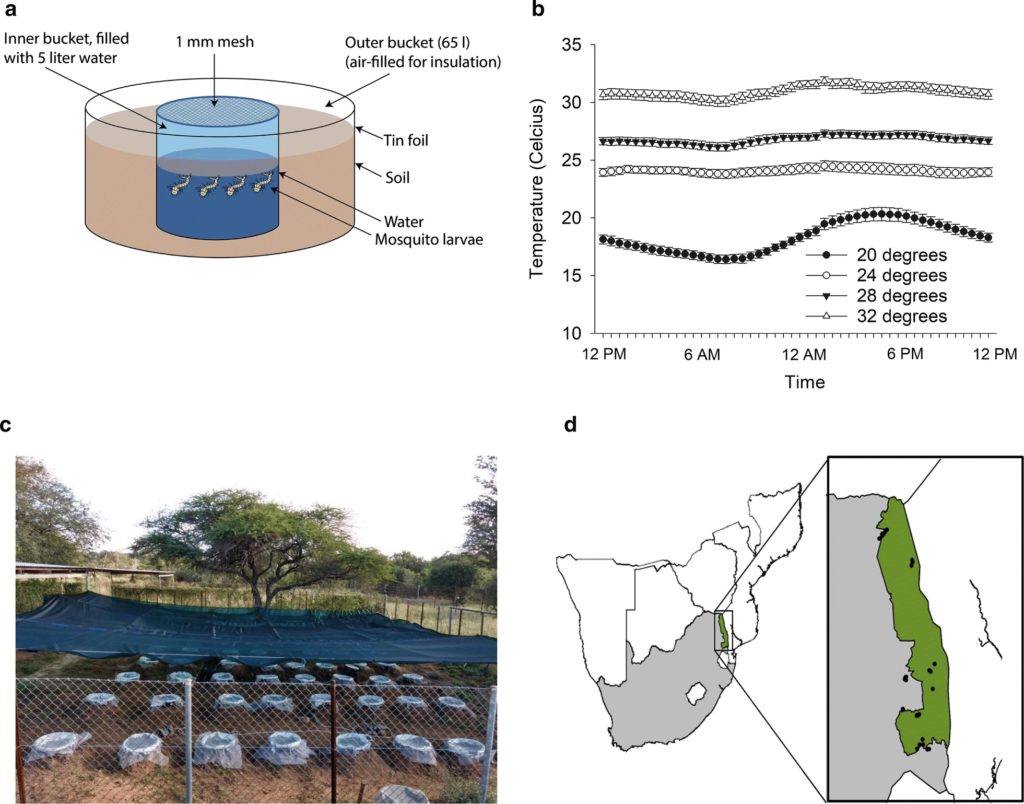
Chronicled as a tropical paradise at the heart of the Caribbean, the ecosystems of the Dutch Caribbean have undergone a remarkable change during the last 70 years.
During a recent mosquito expedition on these islands, we saw that the lush ecosystems of yesteryear have been replaced by savanna-like landscapes with a suite of prickly invasive plants, mammals that maintain the prickly landscape (e.g., goats, rats, monkeys) and mosquitoes that feed on these animals, other livestock and humans (Aedes aegypti, Culex quinquefasciatus).

These islands constitute nicely closed study systems thus begging the question – do other locations experience similar shifts in landscapes and vectors? The answer might be yes.
Recently, the UN-IPBES (United Nations Intergovernmental Panel on Biodiversity and Ecosystem Services) published its landmark report on the global state of biodiversity. Its message is frightening: biodiversity decline is accelerating in every ecosystem on earth. One million species are at risk of extinction. This global phenomenon means that understanding the consequences of these dramatic changes in biodiversity for vector communities and vector-borne disease risk needs to become an important area of vector ecology and epidemiology.
Back to those Caribbean islands. How did we arrive in a situation where the native forest-dwelling mosquitoes that were still abundantly present in the late 1940s were absent from our study?
Interestingly, the Caribbean island of Saba, where sizeable chunks of tropical forest have been preserved or restored, shows how sensitive biodiversity is to ecosystem conservation or restoration. Native, forest-dwelling, non-vector mosquitoes are still abundantly present on this island and notorious disease vectors like Aedes aegypti and Culex quinquefasciatus, are lacking almost entirely in these places.
The fauna on this island has remained remarkably stable compared to the 1940s despite a 0.5 degrees temperature increase and two major hurricanes in the last decades (Luis in 1995 and Irma in 2017). Apparently, the degradation or preservation of natural habitats is the main factor determining mosquito communities.
Not just on those Caribbean islands, this pattern seems to be mirrored in a variety of ecosystems. Ferraguti et al (2012) show a similar shift for Southern Spain where urbanization promoted disease vectors such as Culex pipiens and decreased all species of natural habitats. Also, Thongsripong et al (2013) show this for areas in Thailand where species rich communities of tropical forests made way for dominance of a selected group of disease vectors including vectors like Ae. aegypti and Ae. albopictus.
During a recent expedition in South Africa, where we compared the natural savanna landscape with the adjacent rural countryside (research in progress, unpublished results), again we observed a very similar pattern – communities in rural habitats dominated by Cx pipiens and Ae. aegypti. In other words, we seem to be reshaping our global living environment in a way that suits the needs of the ‘Big Three’: Cx. pipiens, Ae. aegypti and Ae. albopictus.

In discussions on the dynamics of mosquito borne (human) viral diseases transmitted by the ‘Big Three’, an emphasis has been placed on projected effects of climate change on disease risk. By focusing only on the effects of climate change, we seem to largely ignore the other drivers of biodiversity change such as habitat destruction, water pollution and biodiversity loss, as we point out in our recent article published in Parasites & Vectors.
The Caribbean islands illustrate that, if we are serious about combating abundant disease vectors, we need to do so in view of the larger debate on biodiversity. Changing abundance of the ‘Big Three’ can be attributed to a combination of many factors, including climate change, but the role of the other drivers of biodiversity might be as important, if not more. In other words, if we are to adopt a true One Health approach in which healthy people live in healthy, resilient ecosystems, we should address the complexity of these problems in a holistic way, for example by using the recently proposed framework of the sustainable development goals.

Comments